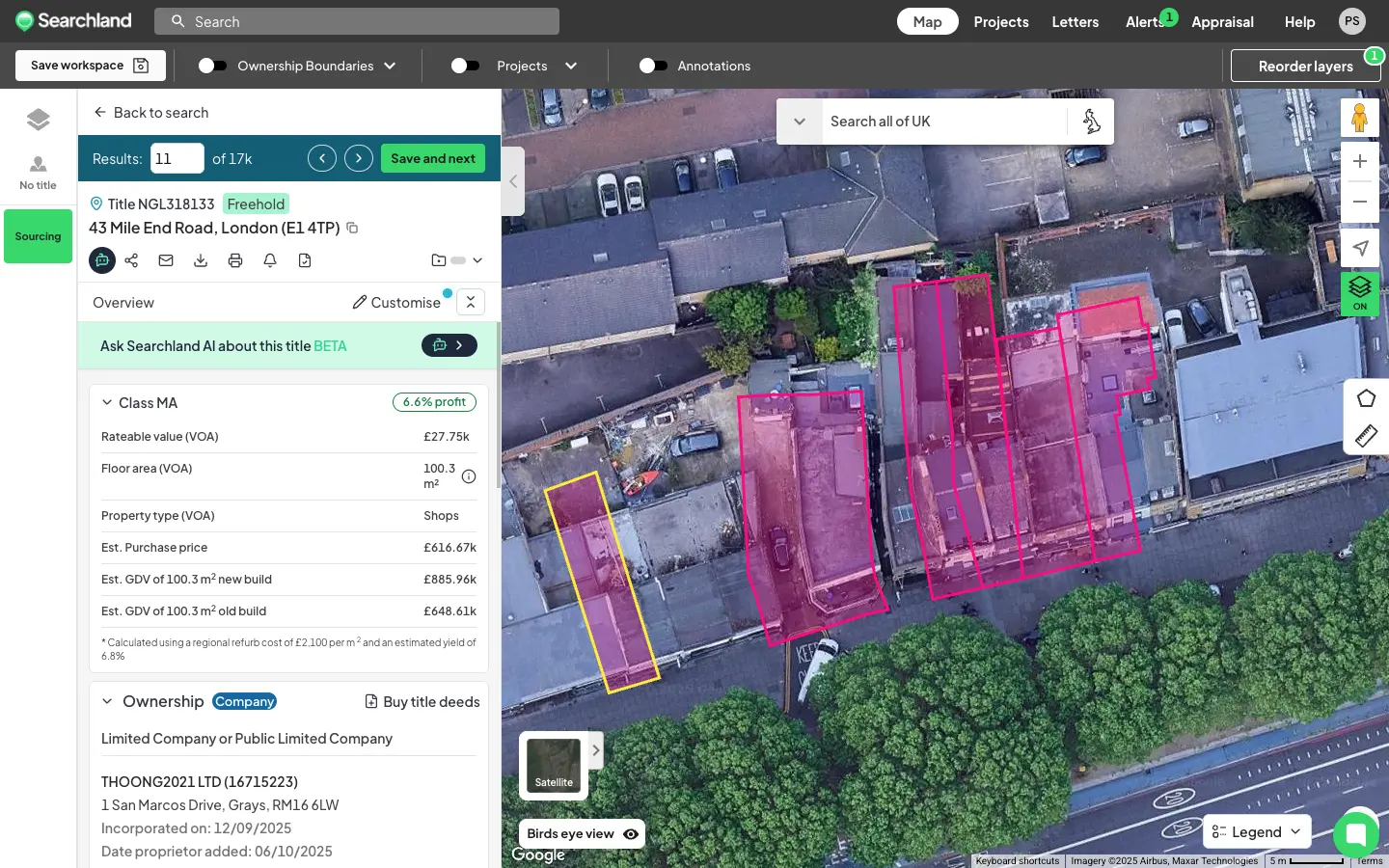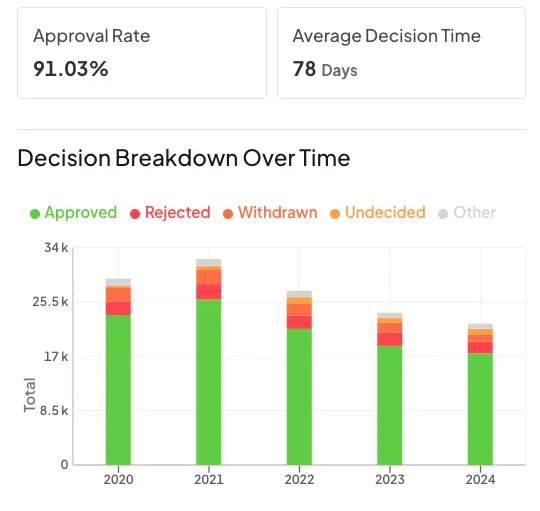Building in towns and cities has the advantage of being near existing infrastructure, public transport and local services. However, an ongoing challenge for developers is finding enough land for building on.
First: how do we define an “urban area”?
The most obvious way to look at urban settings is as “built up areas”. The ONS 2011 urban census describes these as land which is “irreversibly urban in character”, meaning they are characteristic of towns and cities.
For site sourcing purposes, however, a better distinction is to use settlement boundaries. These define where building would (and would not) be allowed as part of local planning policy.
Settlement boundaries and windfall sites
Sites based within settlement boundaries will have a much greater chance of planning permission being accepted, saving you time from the outset. Naturally, SearchLland has these within our strategic mapping layers. If you haven’t already done so, why not try this out, or get in touch for a demonstration?
Settlement boundaries will typically contain small sized plots not identified in a local development plan, which may be recognised as potential windfall sites. These are then deemed as helping to meet local housing targets – a win for all involved.
Brownfield land in urban centres
The Government has reiterated, as part of its “gentle densification” policy, to help boost development on brownfield land in urban centres. Brownfield land, as we’ve covered previously, may even have planning in principle, if listed on the Brownfield Register. Our powerful brownfield land tool clearly shows details of brownfield sites located across the UK.
A reminder: as we know, residential gardens are not brownfield, so will need more justification to be considered for future development.
Finding the best urban development sites, even faster
SearchLand’s site sourcing tool includes some customised filters to identify small plots in urban areas.
Infill plots – even in the green belt
Infill relates to the development of vacant or underutilised parcels of land within otherwise built-up areas. These gap sites may be bare land between houses, or derelict or underused buildings, making them ideal for development purposes. Infill plots may even help unlock sites on the green belt: the NPPF (para 149) supports limited infilling in villages and on previously developed land.
SearchLand’s infill plot filter is designed specifically to locate relatively underdeveloped plots with viable road access, saving you hours of screen time looking for potential sites.
Low density plots in built up areas
Making best use of land, whilst maintaining local character, is still a potential issue constraining urban development. Design, scale and massing are important to planners: buildings must be designed to be balanced with and not overpower adjacent buildings and open spaces.
SearchLand’s small plots filter is designed to find underutilised, low density, relatively unconstrained sites within built up areas. You can find it among the Pre-configured Workspaces tabs on the platform.
Class MA permitted development
Class MA permitted development allows for the conversion of commercial buildings (Class E) to houses without the need to apply for planning permission. In 2024 a previous size limit of 1500 sqm was scrapped - unlocking a greater array of potential properties for development.

Class E properties vary widely in type - from shops and offices to community day centres. The good news is that our Class MA site sourcing filter helps you to quickly find opportunities ahead of the competition. As at time of writing there are over 17,000 potential Class MA sites identified on the platform.
Whilst this potentially reduces red tape, your proposed development design will need prior approval; full details of Class MA conditions, limitations and restrictions are available on the UK Government’s website.
Ways to use historic planning data
With 25 years of UK planning history available to view, Searchland allows you to compare historic trends across and within local authorities – even down to individual street level.
This is a great way to do some early due diligence:
- To establish the relative likelihood of achieving approval in your area - the national average for new housing units in 2024 is 72% approved. That said, a well-designed and researched application should stand on its own merits.

- You can also use Searchland’s data to calculate the length of time from submission to decision. This is ideal for forecasting and planning your overall project timescales and cashflow.
Once you have a shortlist of sites, use Searchland’s filters to source historic planning applications. We recommend focusing on those that have been refused permission. You can then turn your knowledge of “why” they failed to advantage for your own submission.
Get started on Searchland
Despite the market challenges there are still many potential opportunities for profitable development in urban settings. Searchland’s site sourcing tools are ideal for both saving time in searches, and helping you get in ahead of the competition. If you are not already on the platform, why not get in touch for a one-to-one demonstration?








